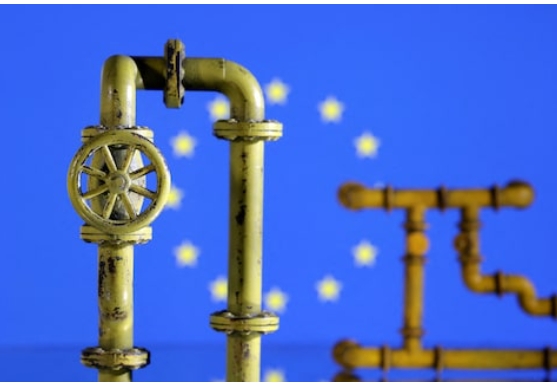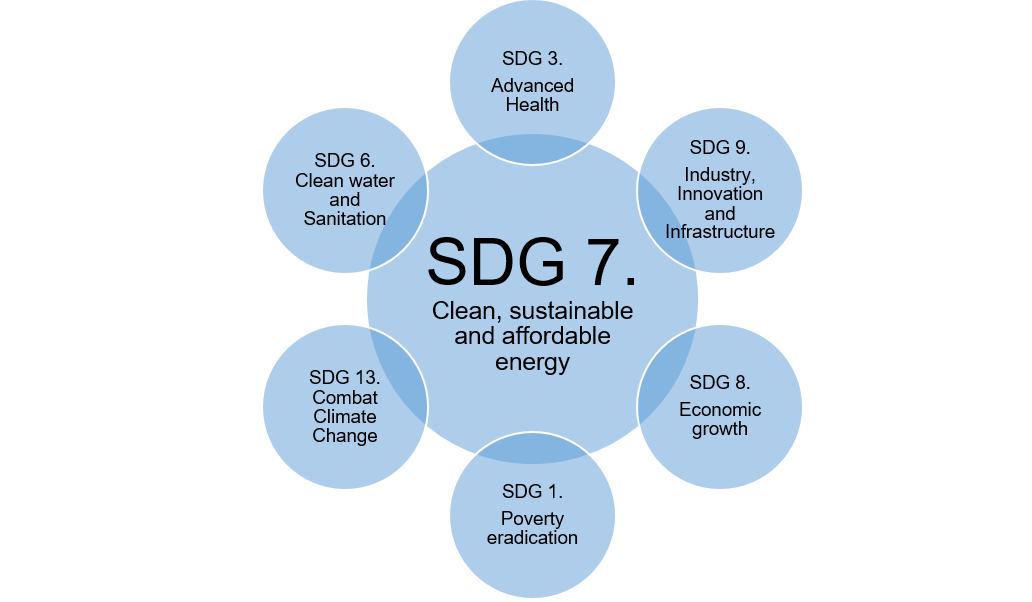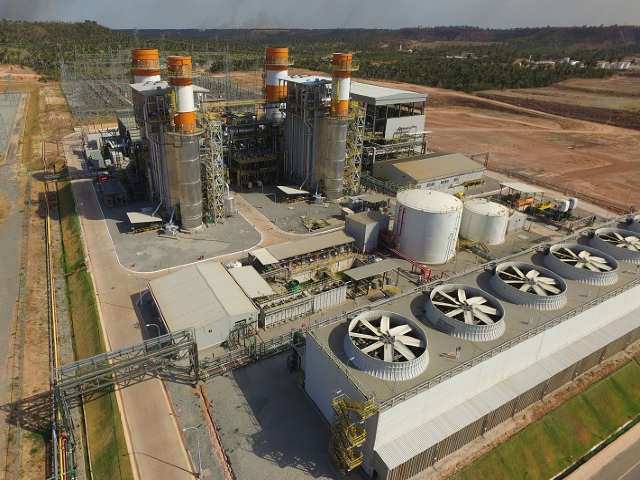
Despite subdued economic growth, the German industry raised its natural gas consumption this year from very low levels seen in 2023, the industry group said.
Natural gas sales to the industry rose by 5.8% in 2024 from a year earlier, and sales for gas-fired power generation increased by 1.9%, BDEW said.
Norway, Western Europe’s top oil and gas producer, remained Germany’s largest supplier of natural gas, with a 45% share of all gas deliveries.
Norway replaced Russia as Germany’s – and Europe’s – largest pipeline gas supplier in 2022 after Moscow cut off many of its EU customers following the invasion of Ukraine.
Germany also imported LNG via its new floating LNG terminals that it rushed to install after losing all pipeline supply from Russia.
The U.S. was the single biggest supplier of LNG to Germany, accounting for a massive 91% of all deliveries at the import terminals at Wilhelmshaven, Brunsbüttel, and Mukran. The three other countries from which Germany imported LNG were Norway, Angola, and Egypt, and they each accounted for between 2% and 4% of LNG imports in Europe’s biggest economy.
Germany, of course, received gas from inter-connected pipelines with other European countries, and part of this gas contained LNG imports into other EU countries whose origin cannot be traced, BDEW said.
Germany also consumed natural gas from small domestic gas fields, where production has been falling since the 2000s.
End consumer prices for households for both natural gas and electricity fell compared to 2023, but they remained at relatively high levels, the association said.
In recent weeks, natural gas-fired electricity generation in Germany has jumped to a two-year high as low wind speeds depressed wind power output.







